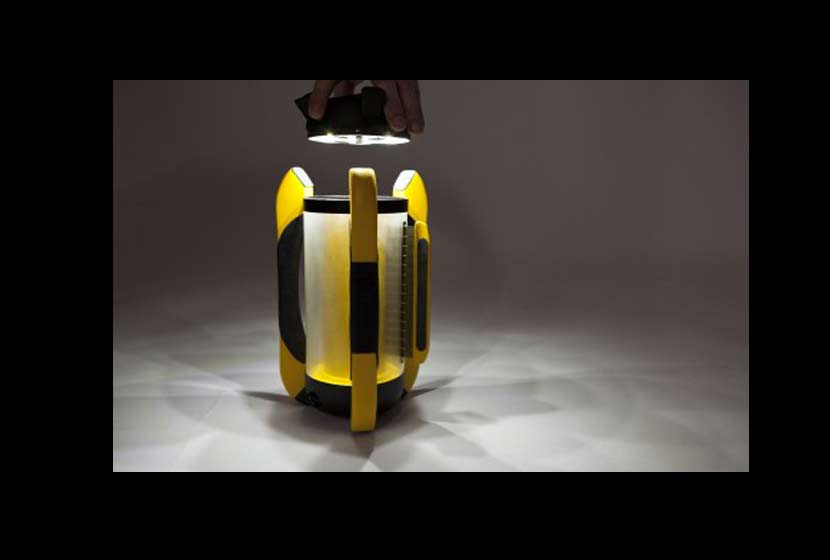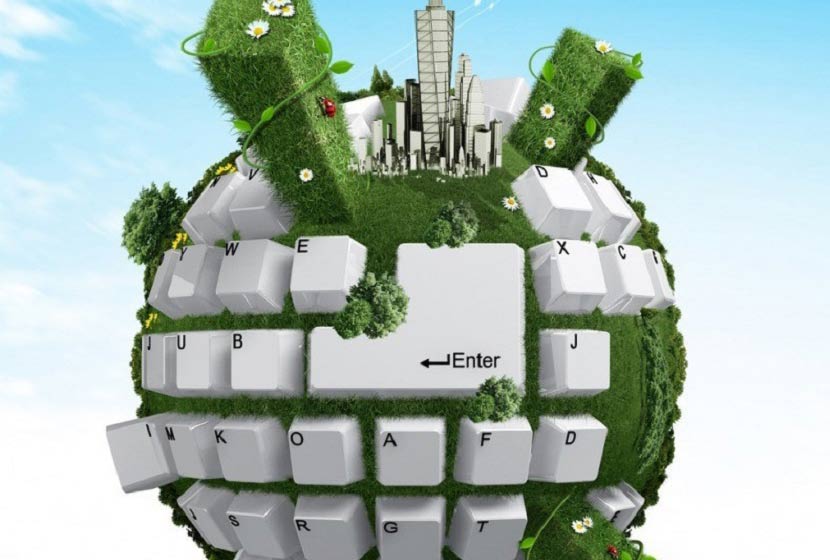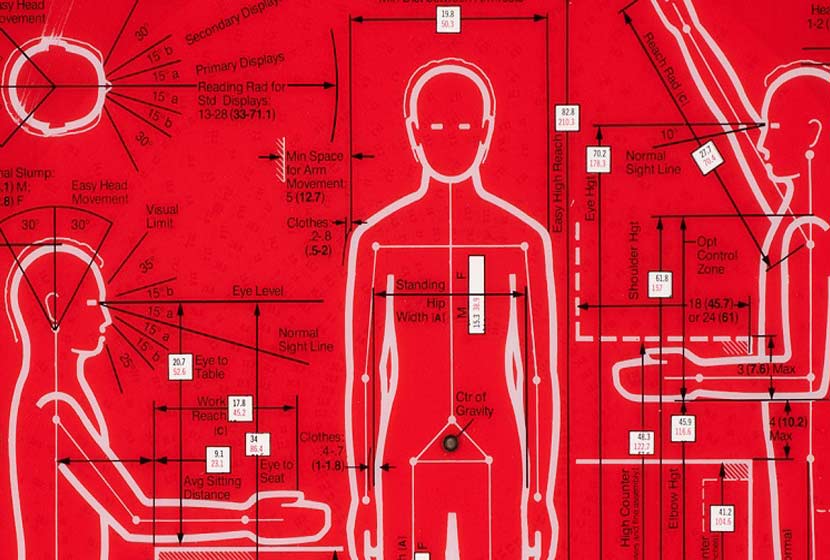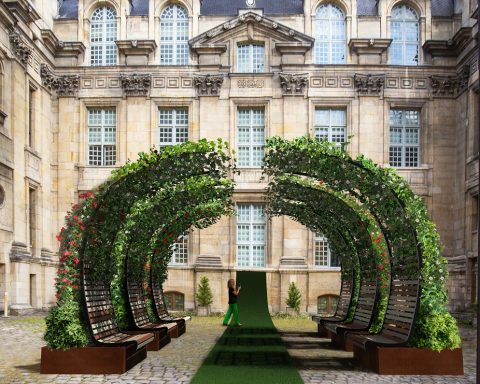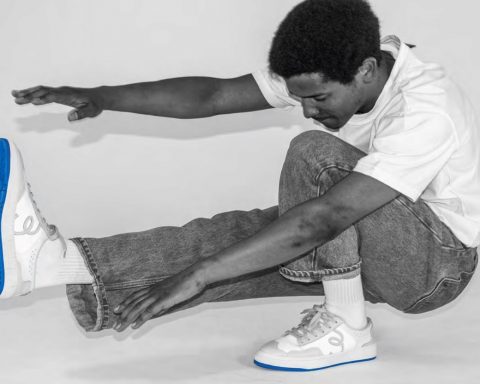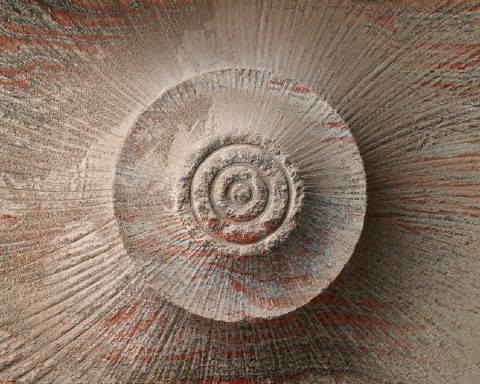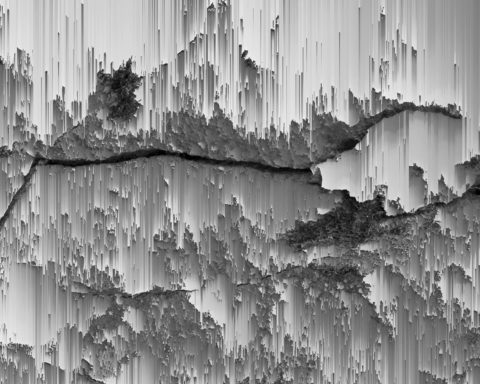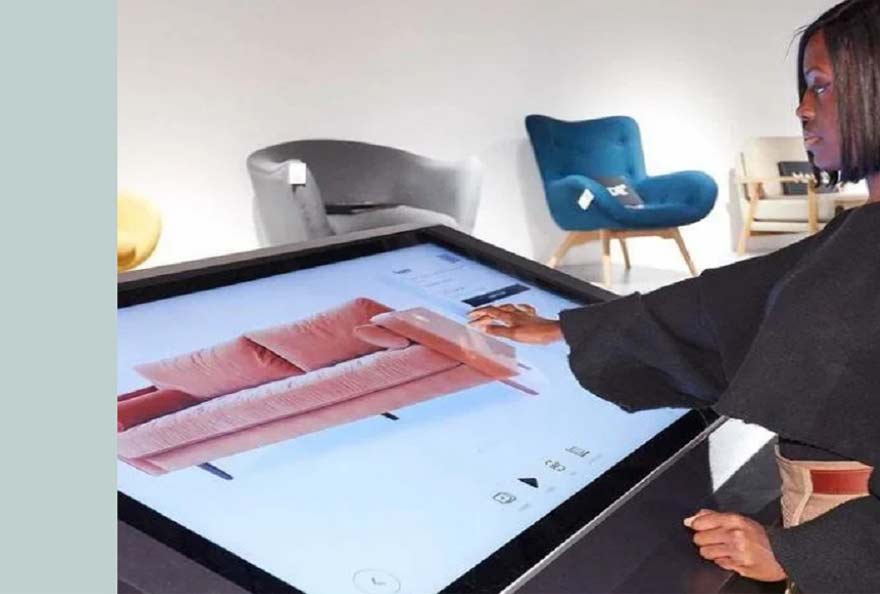The Orion lamp prototype, designed by students from the Nantes Atlantique School of Design in partnership with Armor, and incorporating the flexible organic photovoltaic film of the Beautiful Ligth Project, has just been awarded a "Star" by the Observer Design 2015 Prize.
This prize, awarded since 1999 by the Agency for the Promotion of Industrial Creativity (APCI), has this year enabled 150 products or services to be labelled, including 29 "starred" products, including the Orion lamp. All of the labelled projects are presented in the exhibition. " Equation(s) Design " held at the Cité des Sciences et de l'Industrie de Paris until 31 October 2015.
François Barreau, Marketing Director of Armor ASE, in charge of the Beautiful Light Project states that : "Everyone agrees that we need a paradigm shift to address tomorrow's energy challenges. The work done by the students in the Orion Project is full of promise for future generations. It shows that the combination of creativity, innovation and know-how results in more than just a product; it introduces new uses while preserving the social bond and our natural resources. This prize rewards not only their talent, but also their optimistic vision of the future, bravo! ».
The Orion lamp
 Orion is a powerful LED lamp that provides enough light and energy for a group. It can be used in any context, adapting to the needs of its users. It works with a flexible photovoltaic film (Armor OPV technology) that can be rolled up and unrolled by means of a knurl installed under its base.
Orion is a powerful LED lamp that provides enough light and energy for a group. It can be used in any context, adapting to the needs of its users. It works with a flexible photovoltaic film (Armor OPV technology) that can be rolled up and unrolled by means of a knurl installed under its base.
The lamp that respects the colours used when diving to be as visible as possible can be used as a night light with its phosphorescent stripes. The lamp has 3 non-slip handles and can be placed in any position, both on the floor and suspended. It is, of course, extremely shock-resistant. Finally, the upper part of the lamp can be detached, leaving room for a unidirectional flashlight type lamp.
Orion is one of the six projects in the "Survival" exhibition at the Nantes Atlantique School of Design; a project developed by the students of the Bachelor's degree in design option produced between May 2013 and April 2014 under the supervision of Jean Yves Guillet and Bertrand Letourneur.
It should be remembered that product design is a design activity that applies to consumer goods (household appliances, automobiles, furniture, packaging, household equipment, etc.) as well as capital goods (professional equipment, tools, public transport, street furniture, etc.), whether they are manufactured industrially in large series or by hand.
The Beautiful Light Project
Initiated in 2010, the Beautiful Light Project pursues a goal as simple as it is ambitious: to transform any surface into an inexhaustible source of energy and thus bring energy to as many people as possible.
Photovoltaics accounts for only a tiny fraction of the electricity produced in the world, with crystalline silicon being the dominant technology. It has advantages but also limits in its use and is not without consequences for our ecosystem.
Relying on a consortium of technological, economic and industrial experts, an investment of more than 20 million euros, and Armor's technical and industrial know-how, the Beautiful Light Project aims to develop, industrialize and market third-generation organic photovoltaic thin films, whose performance has until now only been reproducible on an experimental scale.
A consortium of technological, economic and industrial experts
Within the ESA (Armor Sustainable Energies) activity, the OSCAR (Organic Solar Cells by Armor) research program was created in 2010, in close collaboration with a French consortium composed of :
- The University of Bordeaux 1, represented by the Laboratoire de Chimie des Polymères Organiques (LCPO),
- The CEA-INES (Commissariat à l'Energie Atomique- Institut des Énergies Solaires),
- AMCOR Flexibles, guaranteeing the development and application of very high barrier films necessary to maintain performance over time.
- PLASTO Technologies, expert in the formulation and production of technical adhesives in fields as demanding as health, automotive and industry.
Armor is the initiator and leader of this consortium as the company will be responsible for the industrial production and commercialization of the technology.
A project in the pre-commercial phase, and uses to be invented
The project, financially supported by BPI France (ex-OSEO) and labelled by the EMC2 competitiveness cluster for innovation in production technologies, aims to create 3rd generation organic photovoltaic thin films.
After 4 years of R&D, the 1.0 generation of organic photovoltaic films resulting from the Beautiful Light Project ® will be commercially launched at the end of 2015.
It will mark a major breakthrough in our daily uses, with applications as diverse as public lighting, street furniture, recharging of portable electronic devices, motorization, ... in short, all areas where there is a challenge to provide energy autonomy without having to connect to the network.
The Armor Group's objective today is to create a real ecosystem around the project, in order to create partnerships with industrialists to invent uses, create prototype products and establish the development, industrialization and marketing of this technology.
Three questions to François Barreau, Marketing and Business Development Director of the Armor Group
 Why did you choose photovoltaic and more precisely 3rd generation OPV films for the Beautiful Light Project?
Why did you choose photovoltaic and more precisely 3rd generation OPV films for the Beautiful Light Project?
FB The cost of energy (electricity, gas) continues to rise and will continue to do so in the years to come. Added to this is the fact that almost 1.3 billion people in the world have no access to energy and are looking for economical, low-power, self-contained solutions.
Photovoltaic technology represents only a few percent of French, European or world electricity production, and crystalline silicon photovoltaic, while it meets certain needs, is not the only one.
For us, OPV 3rd generation films mean above all choosing efficient and environmentally friendly technology and future-oriented technology with enhanced integration possibilities.
What social and environmental benefits are expected with the Beautiful Light Project?
FB: The Beautiful Light Project, through OPV technology, opens up new applications not covered by current photovoltaic technologies, as well as a whole range of new uses. Innovations in other areas such as LED lighting or battery (lithium) are making great strides and by 2015 there will be points of convergence between these innovations and OPV technology, opening up new areas. The Beautiful Light Project will also make it possible to propose economically interesting solutions for the renovation of existing installations that were not designed to integrate crystalline photovoltaic panels.
What are the prospects for the development of the Beautiful Light Project?
FB: We are now entering a new phase of the project where, after several years of R&D efforts, a first generation of organic photovoltaic films from the Beautiful Light Project is about to be commercially available by the end of 2015.
This is an important moment because we know that this technology will open up real opportunities. But expectations are high and we can no longer limit ourselves to promises, we must propose concrete and industrial solutions. In addition to technology and its performance, we also have an important role to play in the development of uses. This is why, in the coming months, we want to increase our contacts with manufacturers in all sectors of activity, in order to invent new solutions with them that integrate our technology, and thus be able to meet needs that have not been covered until now, or improve the solutions that currently exist on the market.
The Beautiful Light Project is today giving birth to a breakthrough technology, and as with any such technology, we also wish to work with partners to invent the uses that will be associated with it in the future.
An engineer by training, François Barreau began his career in the sale of specialty products at CECA (Arkema Group) then Monsanto. He became product manager at Armor in the Thermal Transfer activity before joining Markem-Imaje as Product Marketing Manager. He rejoins the Armor group in October 2012 to implement the marketing and sales policy of the new ASE activity, Armor Sustainable Energies, for organic photovoltaic solutions. Since March 2014, he is also the President of the OPV commission (3rd generation of organic photovoltaic cells) within Afelim, the French association of printed electronics.

